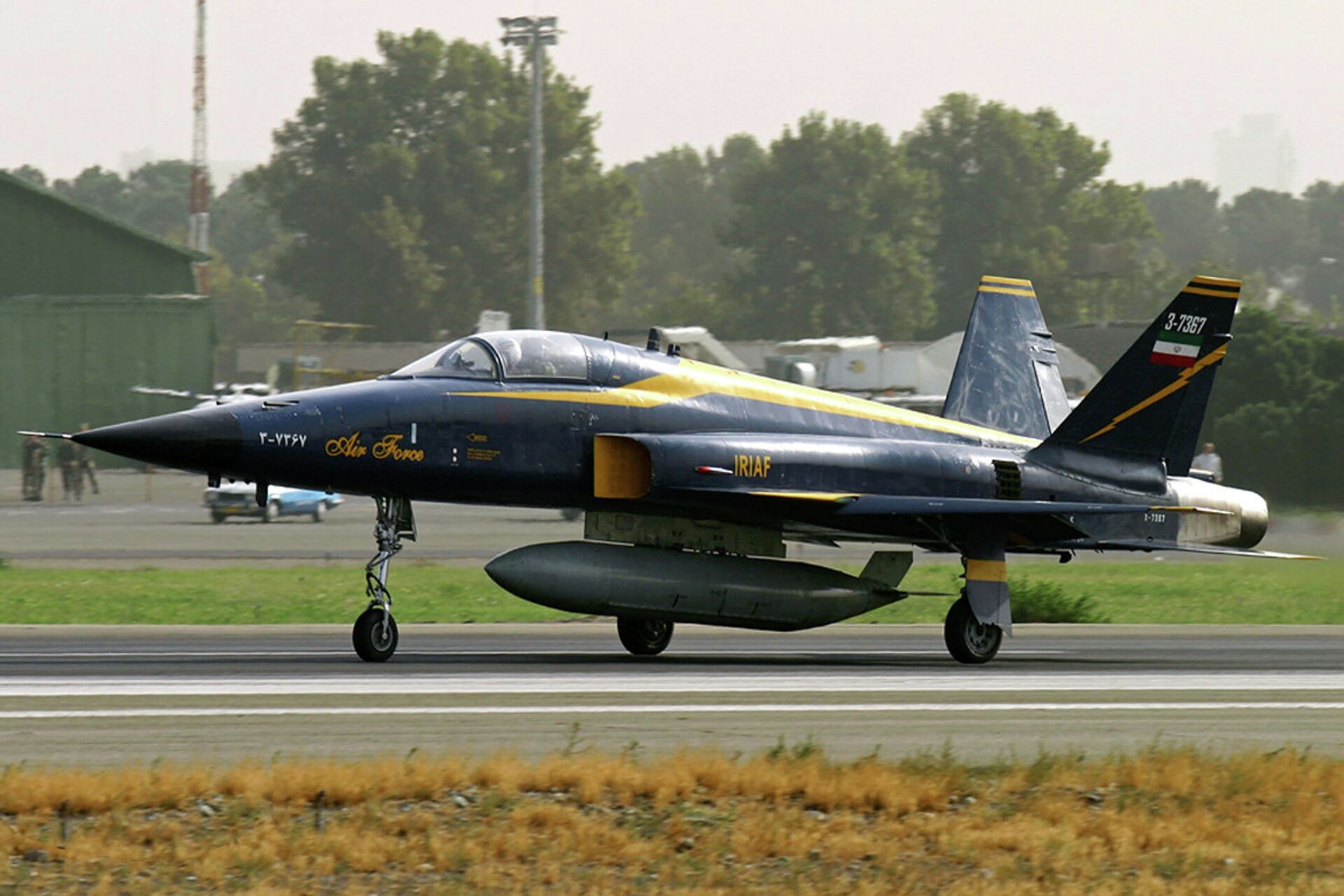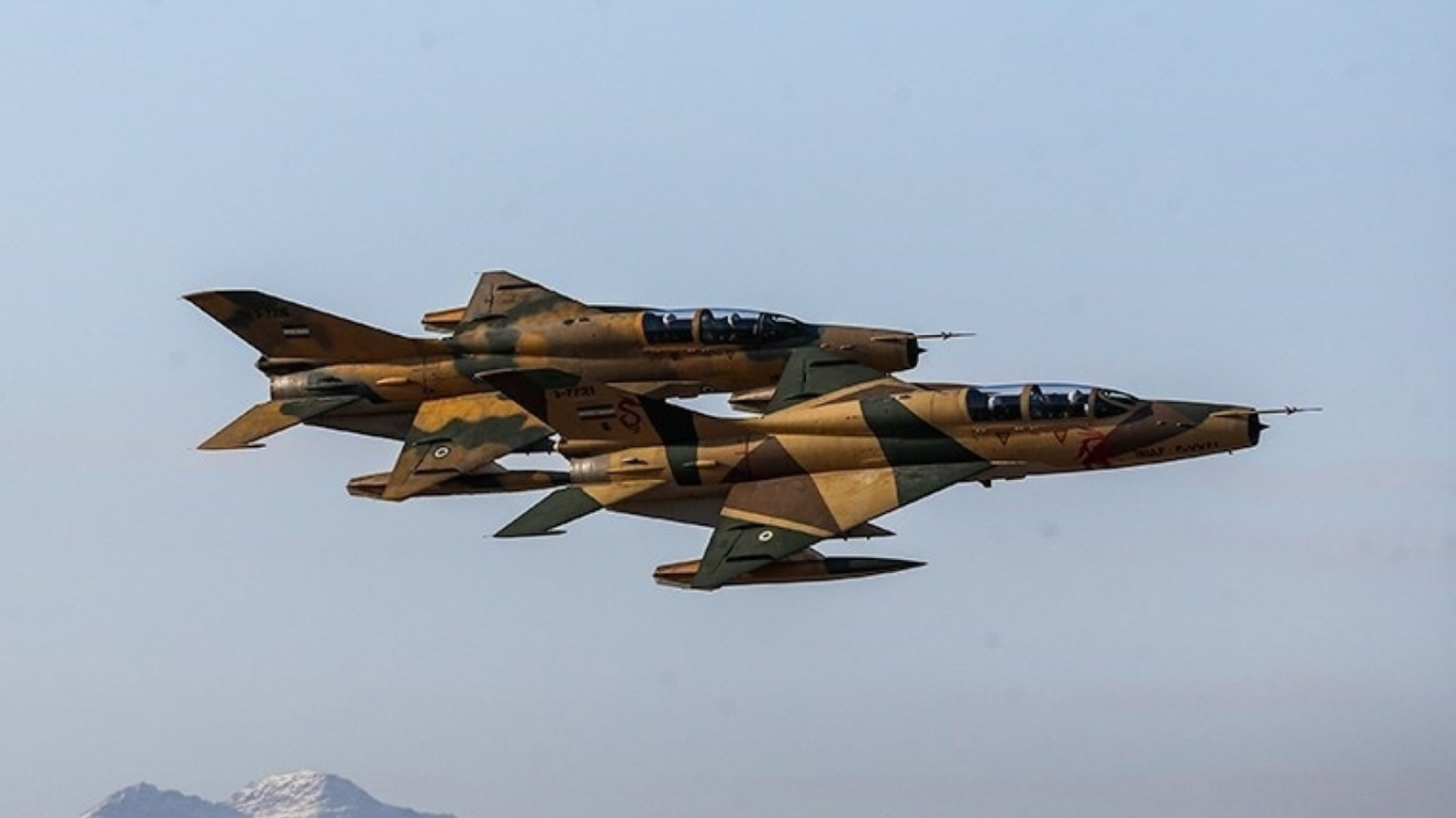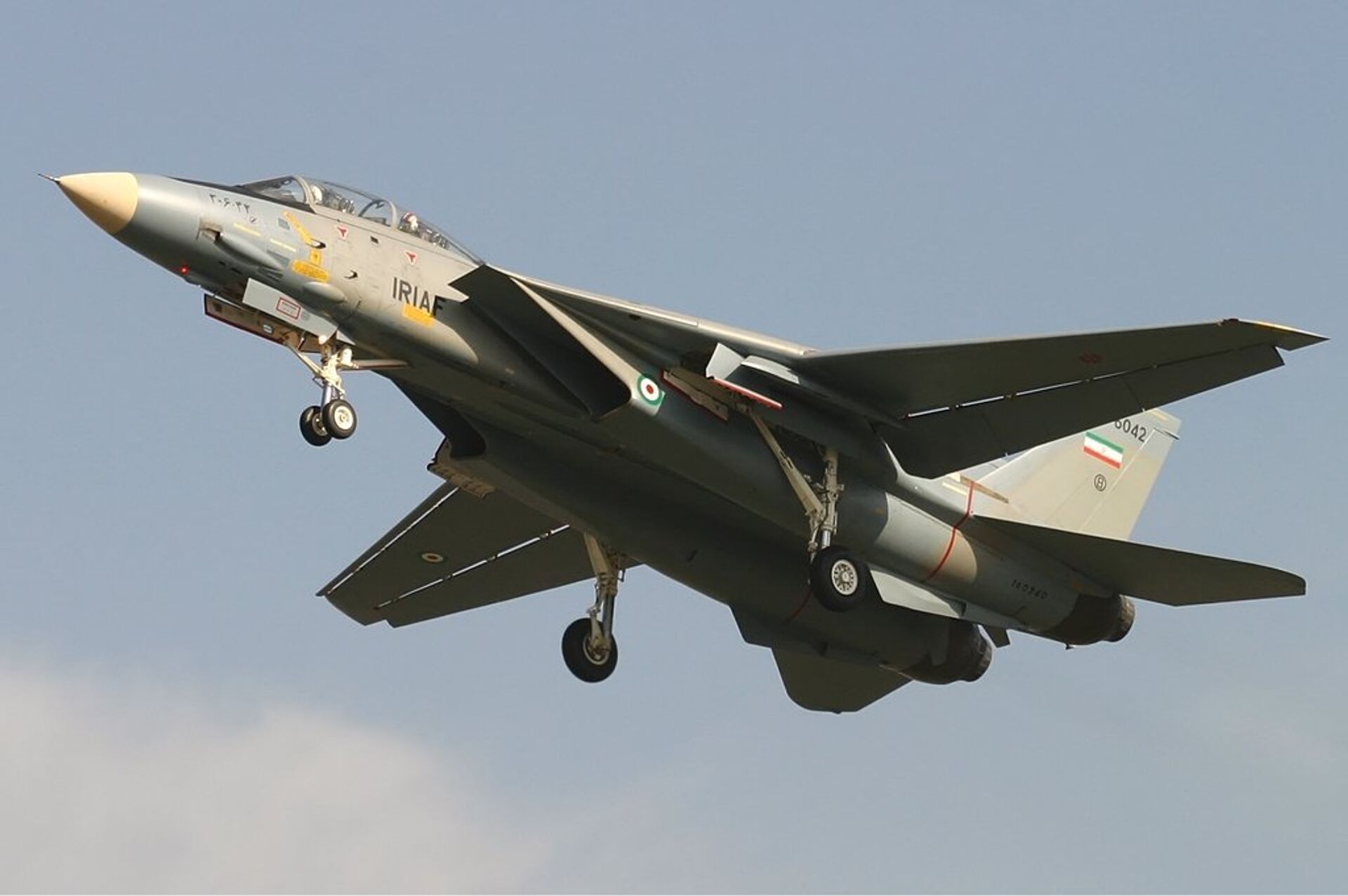Iran Prepares for Nationwide Air Drills After Israel Ok’s Special Strike Budget
Subscribe
The Islamic Republic of Iran Air Force (IRIAF) is preparing to begin the tenth annual nationwide air drills, codenamed Fada’eeyan-e Harim-e Velayat, or “Defenders of the Velayat Sanctuary.” This year, however, they come amid rising tensions with Israel, which recently approved a special budget to prepare for striking Iran’s nuclear facilities.
The drills will be widespread, involving as many as five air bases scattered across the massive country and including the wide variety of aircraft in the IRIAF’s inventory, Iran’s PressTV reported. They are scheduled to begin on Thursday and last until Friday.
According to the report, the drills will involve strike aircraft as well as interceptors, drones, transport and reconnaissance aircraft. They will fly from Shahid Babaei Airbase in the central Isfahan Province and Shahid Fakouri Airbase in East Azarbaijan Province in the country’s far west, among other locations.
Speaking to reporters on Wednesday, IRIAF Commander Brigadier General Hamid Vahedi said the maneuvers will be an “assessment of combat capabilities of IRIAF units, increasing preparedness of interceptors, practicing the implementation of reconnaissance and operational plans, and establishment of a right model that would suit real-life battle.”
He added that the drills would test the “long-range endurance of the Islamic Republic of Iran Air Force fighter jets outside their defensive spheres, pinpoint accuracy of bombs and rockets in air-to-surface strikes as well as surveillance of the operational zone.”
Iran has accumulated a wide variety of aircraft over the years, although most of its air forces are rather dated. American fighter aircraft like F-5 Tigers, F-4 Phantom IIs and F-14A Tomcats can be spotted alongside Soviet-made MiG-29s and Su-24s and even Chinese J-7s, which are themselves a copy of the Soviet MiG-21.
The Iranians, who were largely cut off from buying new weapons by the United States following the 1979 Islamic Revolution, have had to innovate to keep their air forces relevant, including updating avionics, radars, and other equipment and even developing spin-off fighters, like the Saeqeh and Kosar fighters, which are based on an F-5 airframe.
The drills will also feature Karrar, Kian, Ababil, Arash and Kaman-12 unmanned aerial vehicles, all of which carry a variety of offensive weapons and jamming equipment, as well as Boeing 707 and Boeing 747 airliners modified to perform cargo and aerial refueling roles.
The sanctions that barred Tehran from buying military equipment abroad expired in late 2020, but due to continued economic pressure by the US, they have not made any new equipment purchases. However, in August they unveiled a new version of the Bavar-373 ground-based air defense system that developers at the Organisation of Electronic Industries boast can exceed the capabilities of Russia’s S-400 Triumf system.
While the drills are annual, this year’s Defenders of the Velayat Sanctuary exercises come just days after Jerusalem approved a $1.5 billion budget for preparing a potential strike against Iran’s nuclear facilities.

Iranian Air Force Saeqeh fighter, based on the American F-5 Tiger
© Wikipedia
Israel has claimed Iran is pursuing a nuclear bomb, which would pose a threat to the Jewish State; however, Tehran has forsworn weapons of mass destruction and Israeli military intelligence has said “they are not heading toward a bomb right now.” Iran has increased the volume and purity of its enriched uranium stocks since 2018, after the US unilaterally withdrew from the 2015 nuclear deal and reimposed sanctions, claiming without evidence that Iran was secretly breaking the deal’s terms. A seventh round of talks on returning to the deal is expected next month.
Israel has been preparing for a strike against Iran since January, according to IDF Chief of Staff Aviv Kohavi, although it has no weapons capable of penetrating the mountains under which Iran’s central nuclear facilities, such as the fuel enrichment plant at Fordow, have been built. Israeli confidence behind its ability to perform such a strike is based largely upon their 1981 bombing of Iraq’s Osirak nuclear reactor, which was deep in Iraqi territory but above ground and unfortified.
Majid Takht Ravanchi, Iran’s ambassador to the United Nations, recently warned Israel against “any miscalculation or military adventure targeting Iran and its nuclear program.”


